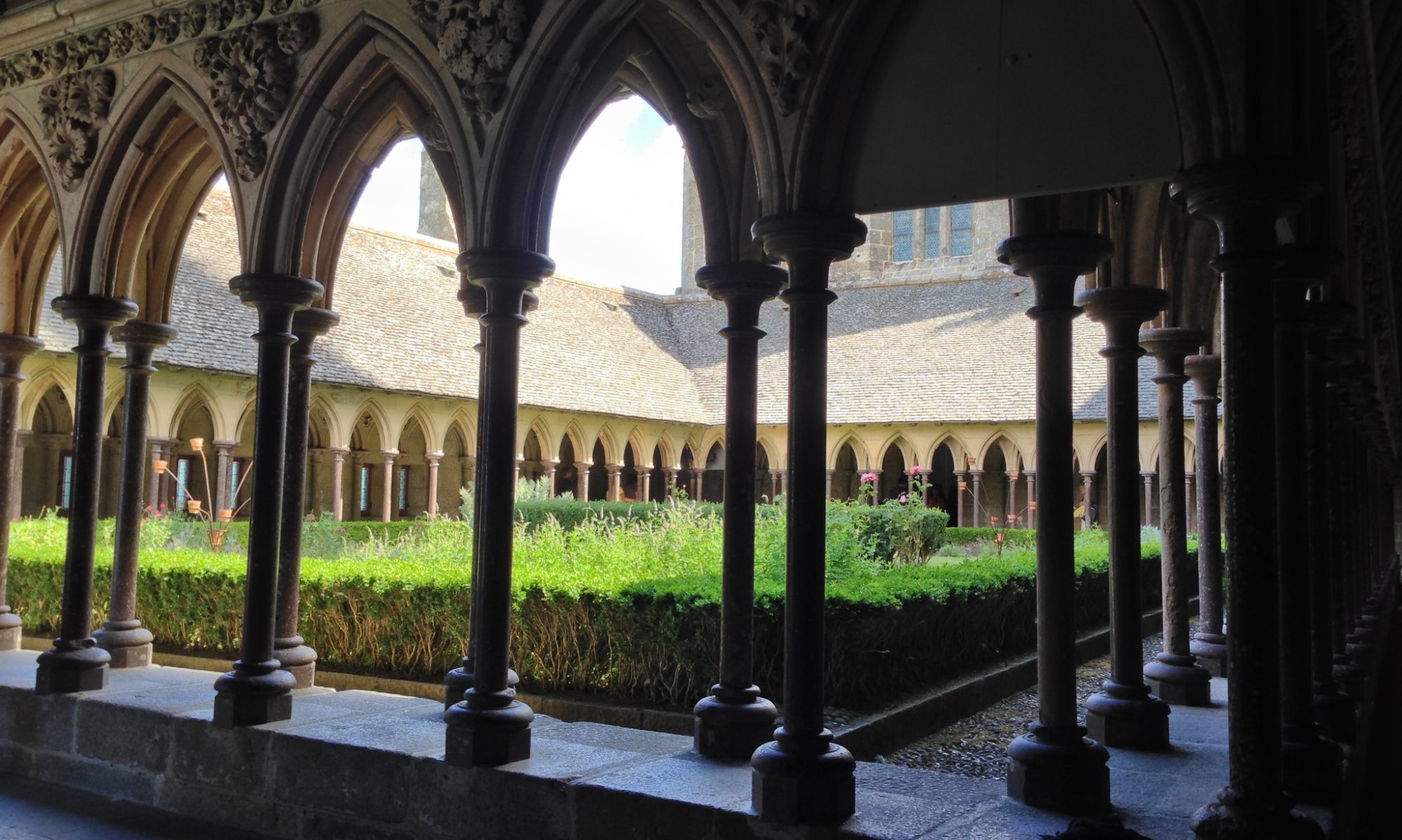
The ‘Leaps of Christ’ was part of the theme taken by Bishop John Hind at the Chichester Diocesan Synod recently. I had heard of this Old English poem, but on being re-introduced to it, it led me to explore some of the wonderful Advent and Christmas within it.
The section on the Leaps of Christ comes within the part known as Christ II, or sometimes Christ B, within the Exeter Book. The first book deals primarily with Advent, book two with the Ascension, and the third book with Doomsday or the Apocalypse.

I quite like James Stambaugh’s re-working of the poem, which I commend to you:
The Leaps of Christ
The first leap was when he descended into the virgin,
the spotless maiden, and there took human form
without sins. He became that to help
all earth-dwellers. The second jump,
the birth of the child, was when he was in the manger
in the form of an infant, swaddled in garments,
the majesty of all majesties. The third leap,
the bound of the heavenly King, father, and the spirit of comfort,
was when he climbed on the cross. The fourth jump,
in the tomb, was when he came off the beam
to the steadfast grave. The fifth leap was
when he brought low the horde of hell-dwellers
in torment. Within, the king bound
the hostile patron of the fiends to the fiery chains,
There yet does he lie
in the dungeon fastened to fetters,
shackled to sin. The sixth leap,
the frolic of the holy one, was when he ascended to heaven,
to his former home. Then, in that holy tide, the band of angels
made joyful with laughter, with delights,
saw the majesty of heaven,
the chief of princes, come into the native land,
the beaming habitation. Then the exploit of the Prince became
the eternal joy of the blissful citizens.
A fitting poem, and reference, for Christmas Day, the Second Leap.
Copies of the original text can be found here at the Georgetown library, or at the Evellum site.
There is a similar 13/14th centuary poem with ‘Leaps’ translated in Andrew Breeze’s work here.
Back to the blog HERE.
